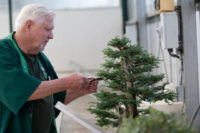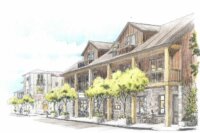Wherever man-made structures were burned in the wild fires, toxic ash and debris was left behind – and is now in danger of washing into streams during heavy rains, polluting our watershed with asbestos, heavy metals and other toxins.
That’s why the Sonoma Ecology Center has started the Emergency Watershed Protection Program, which brings local volunteers to high-priority sites to help us isolate the toxic ash and debris using sandbags and wattles until it can be hauled away.
An important part of the job is identifying landowners with properties that should get immediate attention – places where structures burned on sloped land close to waterways.
Volunteers are needed to help the SEC connect with landowners in high-priority areas, install erosion control measures to contain toxic ash and debris, and maintain the installed measures as sediment and ash accumulate.
If you know of such landowners, or if you are one, please contact us at [email protected]. For more on the Emergency Watershed Protection Program, including a list of online forms, see our webpage.
If you know of such landowners, or if you are one, please contact us at [email protected]. For more on the Emergency Watershed Protection Program, including a list of online forms, see our webpage.
Volunteer teams will be out this weekend: Saturday (11/18) at O’Donnell, Dunbar and Adobe Canyon; on Sunday (11/19) it’s Dunbar and Abode Canyon.






Be First to Comment